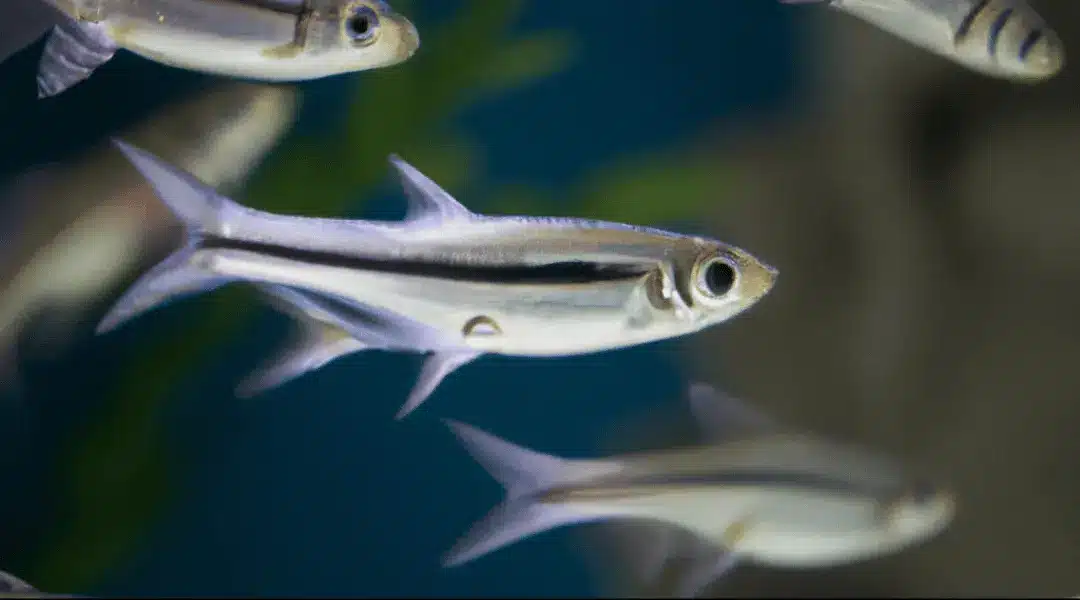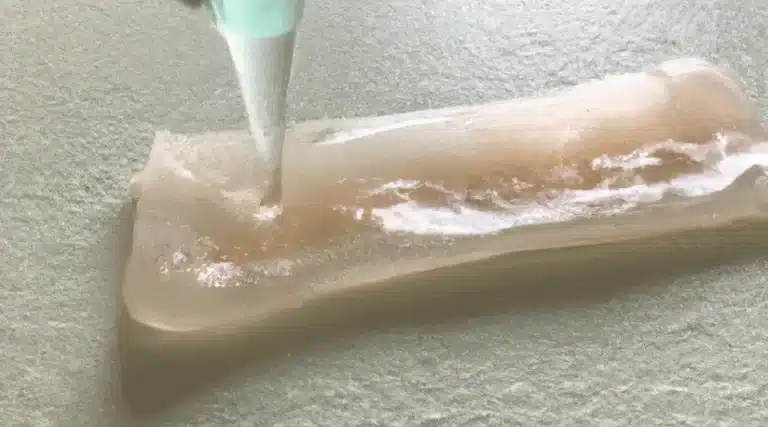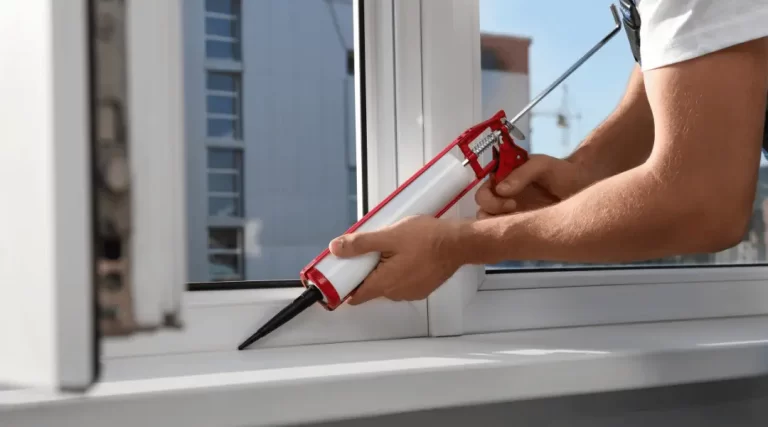Have you ever wanted to decorate your aquarium with artificial plants or corals? Maybe you’ve thought of creating your own fish tank decorations using hot glue. But before you start gluing everything together, it’s important to know whether hot glue is safe for aquariums or not. In this blog post, we’ll take an in-depth look at the use of hot glue in aquariums, the risks and benefits, and how to use it safely.
Hot glue versatile adhesive used in arts and crafts projects, and industry. It’s a thermoplastic adhesive that melts when heated and solidifies when it cools down. Hot glue is famous for its strong bonding properties and versatility, making it a popular choice for many projects.
Is Hot Glue Toxic to Fish and Aquarium?

One of the biggest concerns when using hot glue in an aquarium is whether it’s toxic to fish. Hot glue is made up of several chemicals, including polymers and synthetic resins. While some of these chemicals are toxic to fish in high concentrations, hot glue is generally safe for aquarium use if used properly.
However, it’s important to note that not all hot glue brands and types are created equal. Some hot glues may contain additives or solvents that can be harmful to fish. When selecting a hot glue for aquarium use, it’s important to choose a brand that is specifically labeled as aquarium safe. These types of hot glues are usually free of harmful additives and solvents . They are designed to be safe for use in water.
Additionally, it’s important to let the hot glue dry and cool completely before introducing it into the aquarium. If the hot glue is still warm or releasing fumes, it can be harmful to fish and other aquatic life.
What Are the Risks of Using Hot Glue in an Aquarium?
While hot glue is generally considered safe for aquarium use, there are still some risks to be aware of. One of the biggest risks is that hot glue can dissolve in water over time, especially in warm or acidic water conditions. This can cause the glue to release chemicals and particles into the water, which can be harmful to fish and other aquatic life.
Another risk is that hot glue can be difficult to remove once it has been applied to a surface. This can make it challenging to clean and maintain the aquarium, especially if the glue is used to attach decorations or other items to the glass or plastic surfaces.
Finally, hot glue can also be unsightly if not applied properly. If the glue is applied unevenly or in large clumps, it can detract from the aesthetic appeal of the aquarium.
What Are the Benefits of Using Hot Glue in an Aquarium?
Despite the risks, there are also several benefits to using hot glue in an aquarium. One of the biggest benefits is that hot glue is easy to use and can bond quickly to a variety of surfaces. This makes it ideal for creating custom aquarium decorations or repairing broken items.
Hot glue is also relatively inexpensive and widely available, making it a convenient option for DIY enthusiasts and hobbyists. Additionally, hot glue is non-toxic when used properly and can be a safe and effective way to attach decorations and other items to aquarium surfaces.
What Are the Alternatives to Hot Glue for Aquarium Use?
If you’re not comfortable using hot glue in your aquarium, there are several alternative options to consider. One of the most popular alternatives is silicone sealant, specifically designed for aquarium use and is safe for fish and other aquatic life.
Another option is to use epoxy resin, which is a two-part adhesive that is waterproof and can bond to a variety of surfaces. Epoxy resin is also safe for aquarium and you can use to create custom decorations and repair broken items.
Finally, some aquarium hobbyists prefer to use natural materials, such as rocks, driftwood, and live plants, to decorate their aquariums. These materials can be arranged in creative and interesting ways to create a natural and visually appealing environment for fish and other aquatic life.
How to Safely Use Hot Glue in an Aquarium
When using hot glue in your aquarium, it’s crucial to follow these basic safety guidelines:
- Use a hot glue gun designed for arts and crafts or DIY projects.
- Avoid using industrial-grade guns that may release fumes or chemicals.
Next, choose a hot glue brand that is aquarium safe and free of harmful additives and solvents. Apply the glue sparingly and evenly to the desired surface, and allow it to dry and cool completely before introducing it into the aquarium.
Finally, monitor the aquarium water regularly to ensure that the hot glue is not dissolving or releasing particles into the water. If you notice any issues, remove the affected items from the aquarium and replace them with aquarium-safe alternatives.
Examples of When to Use Hot Glue in an Aquarium
Hot glue is useful in a variety of ways for an aquarium. Some common examples include:
- Attaching artificial plants or corals to the aquarium surface
- Repairing broken aquarium decorations or equipment
- Crafting custom aquarium decorations
- Creating hiding spots or caves for fish
To ensure safety when using hot glue for any of these it is important to follow the safety guidelines and choose a brand that specifically labels itself as aquarium safe.
When to Avoid Using Hot Glue in an Aquarium
While hot glue is useful tool in aquarium design and maintenance, there are some instances where you should avoid. For example, if you’re creating a saltwater aquarium, hot glue may not be the best option as it can dissolve more quickly in saltwater than freshwater.
Additionally, if you’re creating a heavily planted aquarium, it’s best to avoid using hot glue as it can be difficult to remove and may damage delicate plant roots. In these instances, it’s best to use aquarium-safe alternatives, such as silicone sealant or natural materials.
Conclusion
Hot glue can be safe and effective for aquarium use if it is labeled aquarium safe and safety guidelines are followed.Consider alternative options such as silicone sealant and natural materials if not comfortable using hot glue.By choosing the right option, a beautiful and safe environment can be created for aquatic life.




